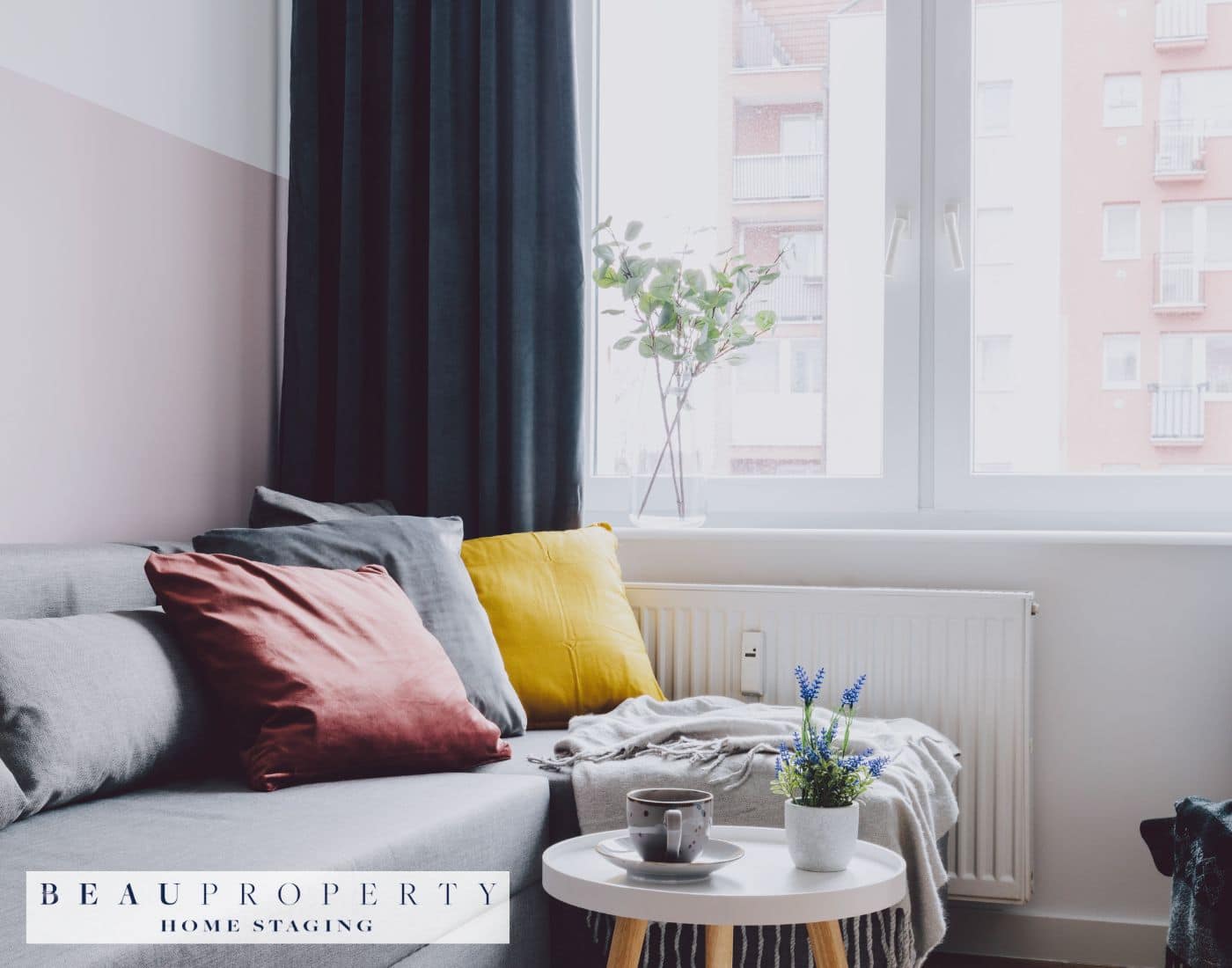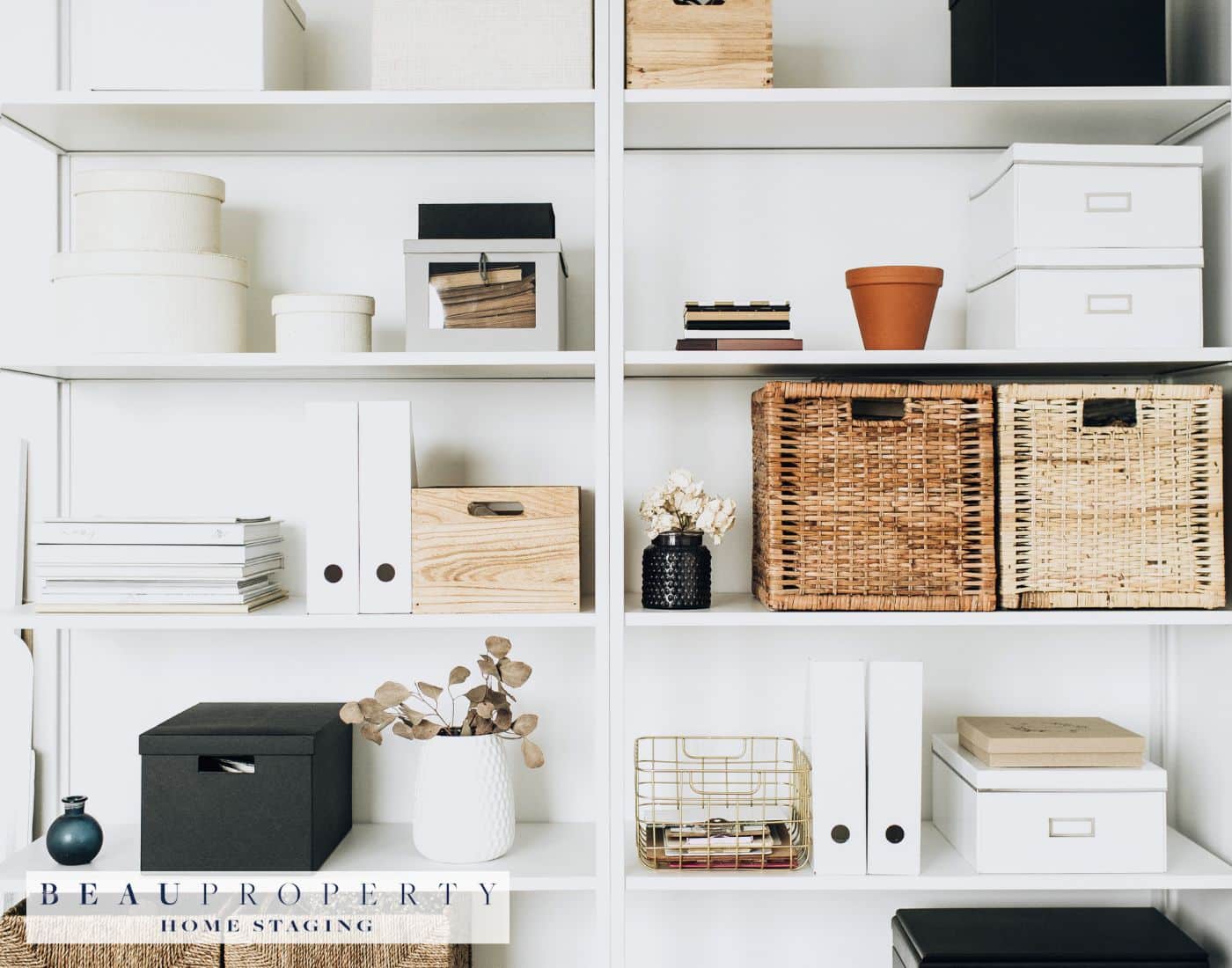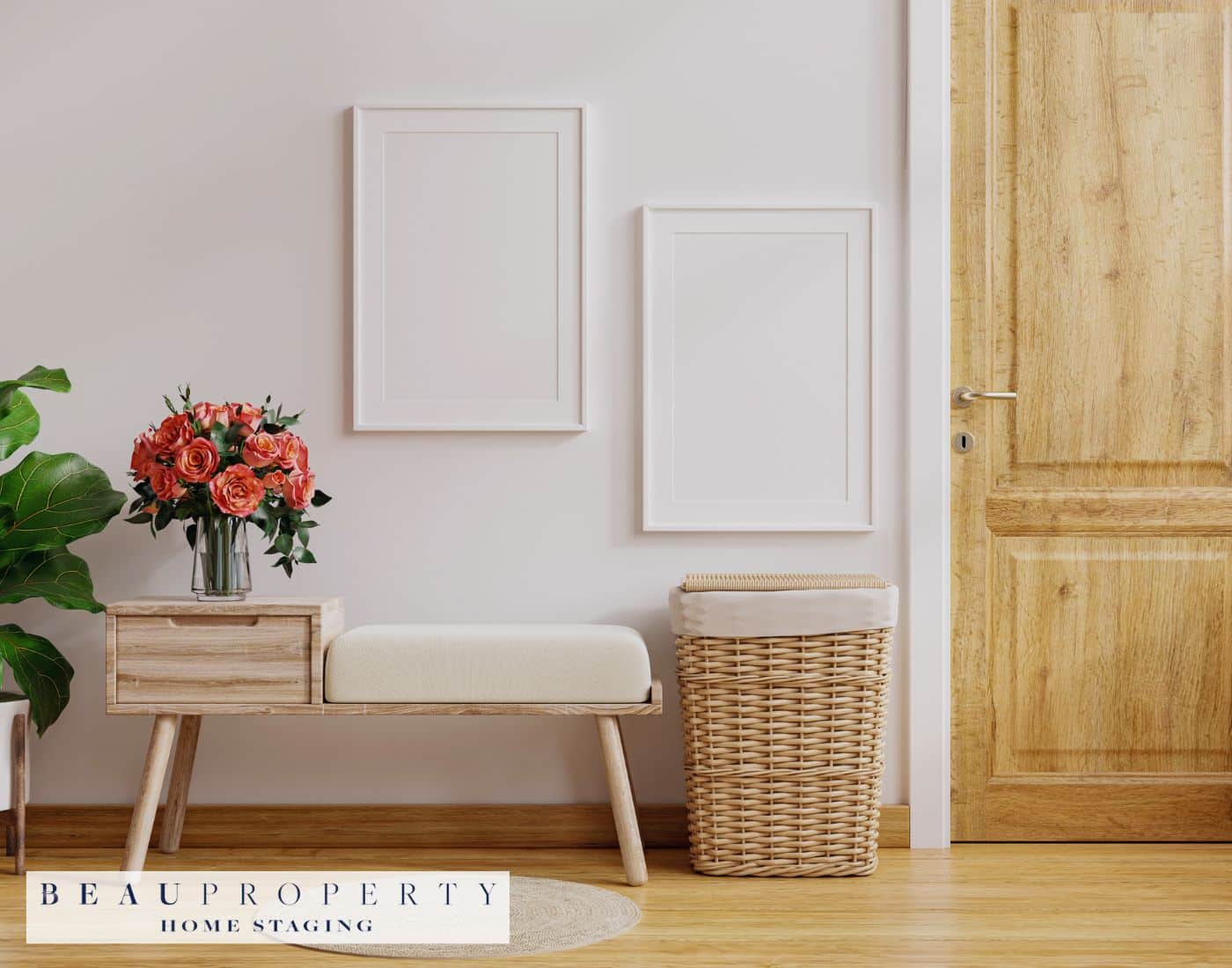Setting the stage: Small spaces, big potential
Small spaces can present big design challenges, but with some clever tricks, they also offer tremendous potential. Though limited in square footage, small spaces can be customised to meet a wide range of needs – from cosy reading nooks to fully-functioning home offices. The key is understanding how to maximise every inch. With thoughtful layouts and multi-functional furniture, even the tiniest rooms can accommodate sleeping, working, dining, and storage needs. The right lighting and colour palette can make a modest room feel bright and airy. Smart storage solutions prevent clutter while keeping necessities within arm’s reach. While small spaces do require some creative problem solving, the effort pays off with interiors that feel custom-tailored to your lifestyle. Achieving both functionality and aesthetic appeal in a petite package brings a special sense of satisfaction. And there’s something to be said for the cosiness and comfort of an intelligently designed small space.
Enhancing Appeal and Functionality
Staging a small space well requires balancing beauty and practicality. On one hand, you want to create a welcoming environment using colours, textures, lighting and accessories. On the other, you need to incorporate storage and functionality so the space actually works on a day-to-day basis. Fortunately, with careful planning, small spaces can offer both curb appeal and livability. For example, built-in storage, like shelves or cabinets flush with the walls, prevents a cluttered look while keeping items accessible. Multi-purpose furniture, like storage ottomans and fold-out desk units, serve dual functions. Proper staging highlights a small space’s assets. Bright accent walls or large mirrors visually expand the room. Clever layouts delineate spaces for different needs without clutter. The end result is a small space that delights the eye while meeting the needs of daily life.
The Art of Decluttering
Streamlining the space
Decluttering is one of the most important first steps when staging a small space. Clutter makes rooms feel cramped and disorganised. By removing non-essential items, you streamline the contents to only the most useful and beautiful elements. This creates a sense of order and calm that allows the best features of the space to shine. Decluttering enhances functionality by designating a place for everything. Without clutter hogging storage areas, it becomes easier to organise the items you use daily. This saves you time hunting for things when you need them. Streamlined spaces also feel more relaxing and promote better mental health.
Selecting essential items
When decluttering a small space, be selective about the items you keep. Focus on pieces that serve a specific purpose or bring you joy. If an item is not functional, beautiful or sentimental, consider removing it. For items you want to keep, make sure they align with the room’s purpose. Well-chosen essentials can add warmth and personality without cluttering the space. For example, in a small living room, carefully curate decorative items like art, plants, throws and accessories. Place them intentionally to enhance the room without overwhelming it visually. The goal is editing down to key items so each one can shine. Being selective also allows you to designate proper storage for the belongings you use most. This keeps items organised and accessible when needed, further optimising the functionality of your space. By thoughtfully decluttering and choosing essentials, small rooms can feel uncluttered yet still cosy and personal.
Smart Storage Solutions
Maximising space and maintaining aesthetics
When living in a small space, storage can be a challenge. Finding ways to maximise every inch while still maintaining a visually appealing aesthetic takes some creativity and innovative thinking. Here are some clever storage ideas for small spaces:
- Install wall-mounted cabinets or shelving units. These make use of vertical space without taking up valuable floor area.
- Use storage ottomans or trunks which can double as extra seating.
- Opt for dual-purpose furniture like coffee tables with hidden storage or beds with drawers underneath.
- Hang a wall-mounted pot rack or utensil rack over the kitchen counter.
- Use tension rods or wall mounts to hang storage baskets in awkward nooks like under staircases or in dead space between studs.
The key is to think vertically and multifunctionally. Well-designed built-ins, slide out drawers, and products with a small footprint that serve multiple needs are perfect for tiny houses. The aesthetic should still be airy and bright rather than cluttered. Strategic organisation is essential.
Space-saving hacks for efficient organisation
Once you’ve incorporated some innovative storage furniture and ideas, you need an organisational system to keep everything in its place. It’s easy for small spaces to become disorganised chaos without some helpful hacks:
- Categorise and label storage bins.
- Designate specific zones or areas for different functions.
- Use hanging shelves or clear storage bins to easily see contents.
- Install pegboards or magnetic strips to hang frequently used items.
- Opt for stackable storage containers.
- Use vertical dividers in drawers.
- Hang a shoe organiser inside closets.
Getting organised is all about creating homes for everything, no matter how small. This way you’ll maximise every cubic inch while still being able to easily access what you need. A few simple organisational hacks can make your tiny house storage feel clean, efficient, and surprisingly spacious.
Maximising Light and Colour
Amplifying natural light
Natural light is key to making a small space feel open and airy. Here are some tips for letting more daylight in:
- Install larger windows if possible, to allow ample sunlight to stream in.
- Use sheer curtains which filter light gently while preserving views and brightness.
- Keep window treatments minimal and avoid heavy drapes which can block natural light.
- Consider adding a skylight to let sunshine in from above.
- Use pale reflective paint colours which will maximise brightness.
- Place mirrors across from windows to reflect and amplify incoming daylight.
The more natural light you can integrate into a compact space, the larger and more pleasant it will feel.
Choosing a colour palette
Colour choices have a big impact on small spaces. Here are some colour palette tips:
- Stick to light, neutral background colours like soft white, beige and light grey.
- Incorporate pops of bright accent colours through artwork, pillows and other décor.
- Use colour to delineate different zones like sleeping, working and lounging areas.
- Add visual interest with contrasting dark and light colours.
- Use cool-toned colours like blue and green to make rooms feel more spacious.
- Warm earth tones and pastels create a cosy, welcoming mood.
Choosing a harmonious colour palette is crucial for opening up and enhancing tiny spaces while creating an inviting ambiance.
Furniture and Layout
When staging a small space, carefully selecting the right furniture is crucial. The pieces should complement the size and layout without overwhelming it. Opt for sleek, minimalist items with exposed legs and transparent materials to maintain an airy, open feel. Multifunctional furniture like storage ottomans, nesting tables, and convertible sofas allow you to get more use out of less space. Stick to lighter colours to reflect more light. And don’t overlook vertical storage solutions like wall-mounted shelves and tall, narrow bookcases.
Selecting fitting furniture
- Choose furniture with slim, exposed legs and transparent materials
- Opt for multifunctional pieces like storage ottomans and convertible sofas
- Stick to lighter colours to reflect more light
- Incorporate vertical storage like wall shelves and tall bookcases
Equally important is laying out furnishings in a way that enhances flow and the perception of space. Arrange seating to promote conversation, anchoring it with a sleek coffee table. Float furniture away from walls, angle pieces to create distinct zones, and place complementary accents throughout to lead the eye. Mirror placement also helps expand sightlines. The layout should guide visitors smoothly through the area without congestion or bottlenecks.
Layout for flow
- Arrange seating to encourage conversation
- Float furniture away from walls
- Angle pieces to define zones
- Use complementary accents as visual guideposts
- Strategically place mirrors to expand sightlines
Accentuating with Accessories
Mirrors and artwork
Mirrors are a classic way to visually expand small spaces. Strategically placed mirrors reflect light and create the illusion of a larger area. Position mirrors across from windows to amplify natural light. You can also place mirrors opposite each other to create an endless reflection. When selecting artwork, choose pieces with light or neutral colours that won’t overwhelm the space. Large-scale artwork with clean lines and negative space also helps small rooms feel more open.
Textiles and lighting
Layering textiles like rugs, throws, and curtains adds visual interest while making small spaces feel cosier. Opt for lightweight fabrics in soft textures and muted tones. Incorporate ambient lighting like floor lamps or sconces to create a warm, welcoming mood. Task lighting like under-cabinet lights increases functionality. Accent lighting highlights decor details. Mixing lighting types and adjusting brightness helps transform the feel of a small space. Consider smart bulbs to easily control lighting schemes.
Conclusion
In summary, effectively staging small spaces is crucial for maximising their appeal and functionality. By decluttering, incorporating smart storage solutions, leveraging light and colour, selecting space-conscious furniture, and using accessories strategically, small areas can feel larger, more welcoming, and better suited to residents’ needs.
The key is finding the right balance between aesthetics and practicality. Well-staged small spaces should not only look attractive but also allow smooth movement and activity. With some creativity and expert tips, nearly any modestly-sized area can be transformed into a highly livable and lovely home.
Effective small space staging
Staging a small space well is vital for making it truly livable and enjoyable on a day-to-day basis. Without careful staging, small rooms can quickly feel cramped, cluttered, and overwhelming. However, when staged effectively, even a modest studio apartment or tiny home can offer ample function and visual appeal.
The thoughtful techniques covered in this blog, from editing down possessions to choosing furniture wisely, create small spaces that meet residents’ needs. The design ideas provide enhanced storage, multi-functional pieces, and visual tricks for opening up the area. When combined, they enable small spaces to be efficient, organised, and aesthetically pleasing.
Benefits of Appeal and Functionality
A common misconception is that improving the look of a small space comes at the expense of usefulness and vice versa. However, the strategies outlined here enhance both simultaneously. Decluttering streamlines while adding breathing room. Clever storage hides clutter while maximising space. Mirrored accents embellish while making rooms feel larger.
By using design elements strategically, small spaces can offer ample function for daily activities along with delightful style. The thoughtful tips transform modest square footage into a versatile, attractive, and welcoming environment. With some creativity, a small home can truly have it all – ideal proportions, efficiency, visual interest, and a strong sense of harmony.
FAQs
Some common questions people have about staging small spaces include:
- How can I make my small space feel bigger?
Some tips include using light colours on walls, minimising clutter, using multifunctional furniture, adding mirrors, and optimising lighting. - What type of furniture works best in small spaces?
Opt for furniture scaled to the size of the room – too large pieces will overwhelm. Furniture on legs and transparent items help maintain an airy feel. - How important is lighting?
Proper lighting is crucial to make a small space feel open and airy. Add lamps, install dimmers, and maximise natural light through windows and mirrors.






